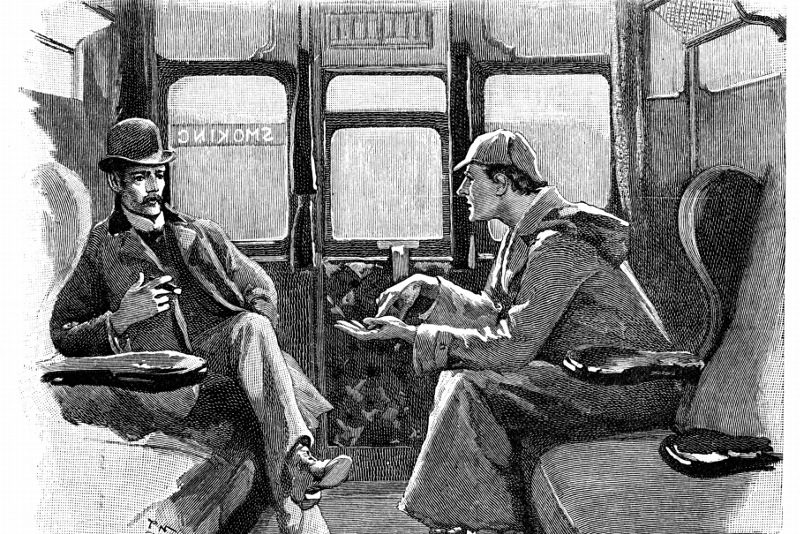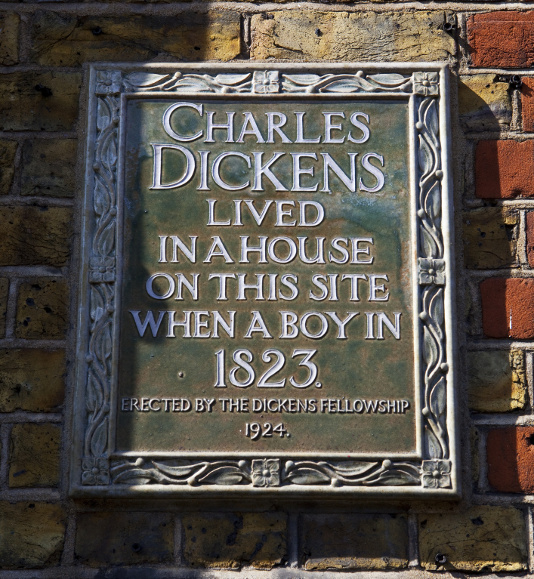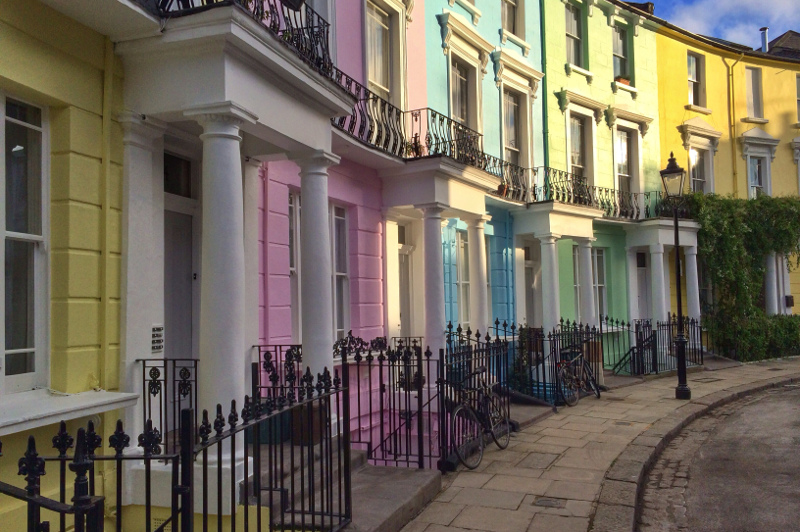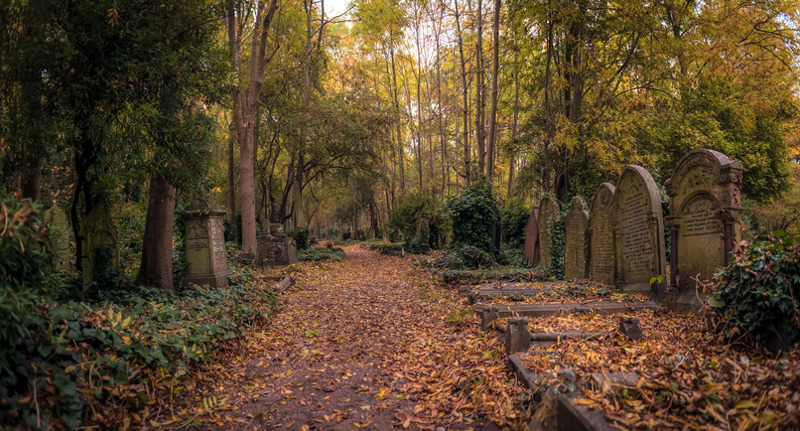From the fog-bound and gas-lit streets of Sherlock Holmes to the bustling commercial cityscape of Dickens – London has provided the inspiration and setting of some of England’s greatest novels. It’s also been home to many famous authors.
Discovering London’s literary past
A guided walking tour - either one-on-one with a Blue Badge Guide or on an informative small group tour – is a great way to discover London’s literary past and the scene of some of its greatest plotlines. Better yet, map your own author’s walk via London Blue Plaques, the distinctive plaques affixed to the former homes and offices of some of London’s best-known writers, poets and diarists.
Bloomsbury
Here were “couples having triangular relationships living in squares,” quipped the American poet, Dorothy Porter. In and around the British Museum you can walk Bloomsbury Streets and come upon the homes of authors Virginia Woolf and George Bernard Shaw, biographer Lytton Strachey and scientist Charles Darwin. Further north, at Tavistock Square, is where Dickens was inspired to write “Great Expectations” and “Bleak House” and T.S. Eliot toiled as editor at the publishing house, Faber & Faber.
Primrose Hill and surrounds
Today it’s home to some of Britain’s most famous celebrities, but this hillside village (along with the neighbouring towns of Hampstead and Holborn) was once a retreat for writers and artists. On the tall Victorian terraces, blue plates announce the places that Dickens and Katherine Mansfield once called home, along with Sylvia Plath and the poets, W.B. Yeats, John Keats and Dante Gabriel Rossetti. Once a notorious duelling site, Primrose Hill is also where Lord Byron’s drinking companion, Lord Falkland, is said to have met his untimely demise.
East London
A world of scallywags and rogues, London’s East End was good fodder for Oscar Wilde, who sent his hedonistic hero, Dorian Gray, there to partake of its forbidden delights, while both Dickens’ “Oliver Twist” and “Pickwick Papers”, feature scenes from Whitechapel. The little-known Bunhill Field Burial Ground on City Road is where you’ll come upon the final resting place of 18th century poet, William Blake.
Highgate Cemetery
It boasts sweeping views of London as well as the graveyards of some of England’s most famous authors - the philosopher, Karl Marx, is here, in the east cemetery, along with the novelist George Eliot and “Hitchhiker’s Guide to the Galaxy” author, Douglas Adams. These days, the original West Cemetery can only be visited as part of a tour and the best of these takes in the graves of Dickens, his wife, family and several friends.
The Hardy Tree
It’s said to be the oldest site of Christian worship in England and where Percy Bysshe Shelly and Mary Wollstonecraft secretly met before eloping in France. Tucked away beside St Pancras Station, St Pancras Old Church has an interesting past but perhaps most interesting of all is the Hardy Tree in its churchyard: an ash tree surrounded by hundreds of tightly packed, weathered gravestones. It is the work of author Thomas Hardy who, as an architect, was charged with moving hundreds of London gravesites to make way for the rail.
After you've dosed up on history: Could These Be the Grooviest Spots in London?
More highlights of the Big Smoke: Enjoy the Brightest Lights of London
Chelsea and surrounds
You’ll find a star-studded neighbourhood of writers and artists here – from Samuel Beckett and Percy Grainger to James Joyce and Henry James. Alongside the Thames in Cheyne Walk, novelists George Eliot and Elizabeth Gaskell had digs, while further afield, Bram Stoker and Jean Rhys kept rooms of their own. For those keen to reminisce on childhood memories, you’ll find a triangle of kid’s writers here - Jerome K. Jerome of “Three Men in a Boat”, A.A. Milne and Kenneth Grahame of “Wind in the Willows”. For a regular whodunnit, hunt out Agatha Christie’s home in Holland Park.

















